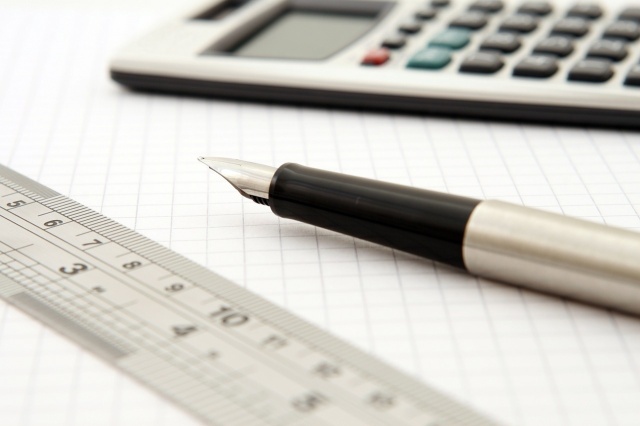The formula itself is very short and terse, consisting of only one compound word and means “vertically & cross-wise”.
Let’s take a simple example:
- Multiply 12 by 13:
Step-1: We Multiply the left hand most digit 1 of the multiplicand vertically by the left hand most digit 1 of the multiplier, get their product 1 and set it down as the left hand most part of the answer.
Step-2: We then multiply 1 and 3 & 1 and 2 cross-wise, add the two, get 5 as the sum and set it down as the middle part of the answer.
Step-3: We multiply 2 and 3 vertically, get 6 as their product and put it down as the last right hand most part of the answer.
NOTE: Henceforth I’ll be using LHM & RHM suffixes for left hand most and right hand most respectively.
12
13
1 : 3+2 : 6 = 156
Thus, 12 x 13 = 156.
A few examples:
21 41
x x
14 41
2 : 8+1 : 4 = 294 16 : 4+4 : 1 = 1681
NOTE: When one of the results contains more than 1 digit, the RHM digit thereof is to be put down there and the preceding, i.e. left-hand side digit or digits should be carried over to the left and placed under the previous digit or digits of the upper row until sufficient practice has been achieved for this operation to be performed mentally. The digits carried over may be shown in the working,
25 37 49
x x x
25 33 49
405 901 1621
22 32 78
625 1221 2401
The Algebraical principle involved is as follows:
Suppose we have to multiply (ax+b) by (cx+d). The product is acx²+x(ad+bc)+bd. In other words, the first term i.e. the coefficient of x² is got by vertical multiplication of a & c, the middle term, i.e. the coefficient of x is obtained by the cross-wise multiplication of a & d and of b & c and the addition of the two products; and the independent term is arrived at by vertical multiplication of the absolute terms.
Consider,
ax² + bx + c
dx² + ex + f
adxˆ4 + x³(ae+bd) + x²(af+be+cd) + x(bf+ce) + cf
We observe the following facts,
- that the coefficient of xˆ4 is got by the vertical multiplication of the first digit from the left side.
- that the coefficient of x³ is got by the cross-wire multiplication of the first two digits and by the addition of the two products.
- that the coefficient of x² is got by the multiplication of the first digit of the multiplicand by the last digit of the multiplier, of the middle one by the middle one and of the last one by the first one and by the addition of all the three products.
- that the coefficient of x is got by the cross-wire multiplication of the second digit by the third one and conversely, and by the addition of the two products.
- that the independent term results from the vertical multiplication of the last digit by the last digit.
We thus follow a process of ascent and of descent going forward with the digits on the upper row and coming rearward with the digits on the lower row. If and when this principle of ordinary algebraic multiplication is properly understood and carefully applied to the arithmetical multiplication on hand, the URDHVA TIRYAK SUTRA may be deemed to have been successfully mastered in actual practice.
A few examples will serve to explain this URDHVA TIRYAK SUTRA process of vertical and cross-wise multiplications,
108 116 582 321
x x x x
108 114 231 52
10 60 4 12 1 0 4 12 32 6 0 5 692
1 6 1 1 2 1 13 1 1
11 66 4 13 2 2 4 13 45 6 1 6 692
6471 87265
x x
6212 32117
36 6 6 6 752 2 4 7 8 7 2 7 5 7 5
3 5 3 1 1 3 2 3 9 6 2 4 3
40 1 9 7 852 2 8 0 2 6 9 0 0 0 5
Will be posting many more useful methods soon. THANK YOU.




You must be logged in to post a comment.